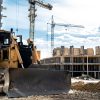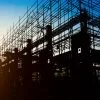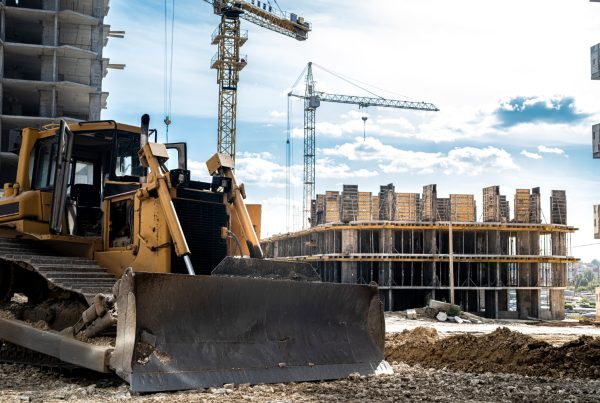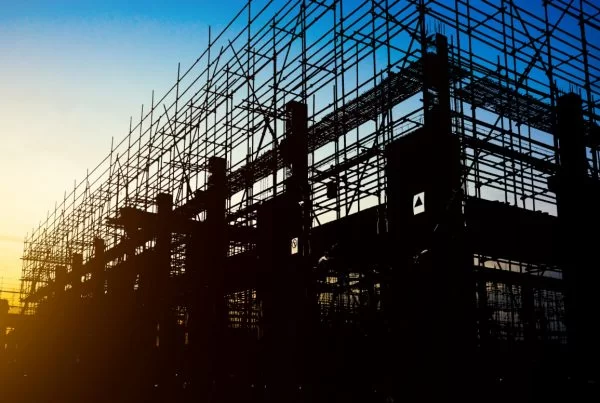
At the Construction Sustainability Summit held during ICW Borneo 2025, Phyllis Chong, Business Development Director of Rubner Timber Engineering, addressed a growing concern in the global construction industry: how to build sustainably without compromising strength, performance or design. In her presentation titled “Sustainability and Innovation Through Timber for Multistory Construction,” she highlighted the compelling reasons timber is making a robust comeback in modern architecture.

Timber has been used for millennia – from Japanese temples to alpine lodges and continues to evolve with time. Once viewed as suitable mainly for small homes or decorative interiors, timber is now being reimagined for larger, complex projects thanks to engineering advances and climate-conscious practices.
Chong emphasised that timber is more than a beautiful, natural material. It is a renewable, carbon-sequestering building solution that outperforms concrete and steel in terms of sustainability. When harvested from responsibly managed forests, timber supports long-term ecological balance. Its ability to lock in carbon even after it has been processed into building materials makes it uniquely valuable in the fight against climate change.

Engineered timber products, such as glued laminated timber (glulam), now enable timber to be used in taller and more technically demanding buildings. Lightweight yet robust, glulam is ideal for multistory structures and enables greater design flexibility. It also simplifies logistics and on-site construction, especially when paired with prefabricated components.
The appeal of timber construction doesn’t end with environmental benefits. It also contributes to healthier living spaces by regulating humidity and temperature naturally. With growing awareness among architects, city planners and developers, timber is fast becoming the material of choice for future-focused projects.

Chong’s presentation set the tone for further exploration into timber’s potential. In this four-part series, we explore the environmental case for timber, breakthroughs in timber engineering, and global projects already setting a new standard – all while demonstrating how wood can shape the skylines of tomorrow.
Related articles
Part 2: Timber and Sustainability – A Natural Partnership















